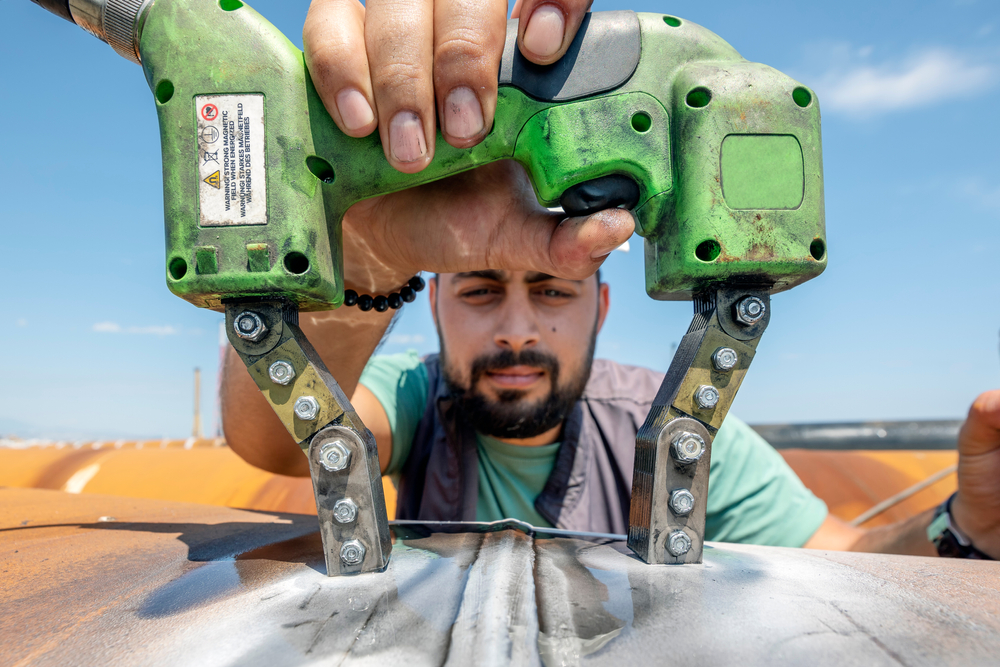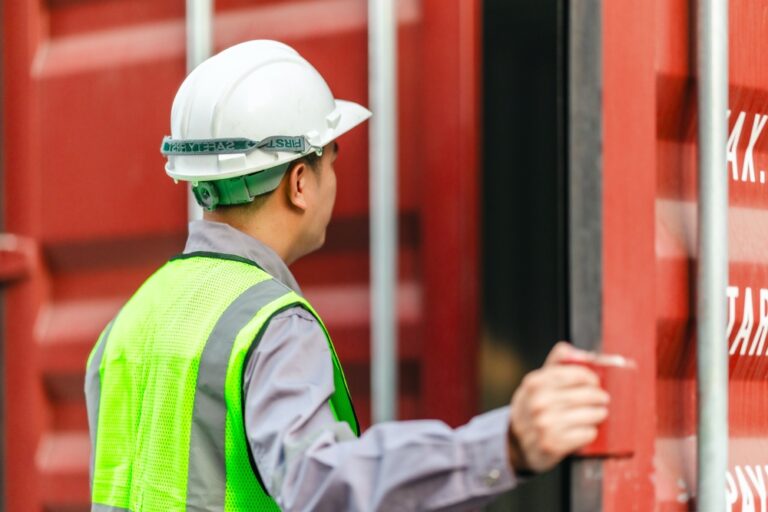What is NDT?
Non-Destructive Testing (NDT) comprises a suite of techniques that allow engineers to evaluate the integrity of materials, components, and structures without altering or damaging them.
Typical methods include ultrasonic testing, radiography, magnetic particle testing, liquid penetrant testing, eddy current, and visual inspection.
Why it matters:
- Early defect detection & prevention of failure: NDT helps find cracks, corrosion, internal flaws, or weld defects before they evolve into catastrophic failures.
- Cost savings & reduced downtime: Because equipment doesn’t have to be taken apart for inspection, and because issues are caught early, NDT can reduce maintenance costs and unexpected shutdowns.
- Preservation of assets: The tested item remains intact and operational; there is no destructive sampling.
- Regulatory compliance & quality assurance: Many industries mandate NDT as part of safety and quality standards, from oil & gas to construction to manufacturing.
- Environmental protection: By identifying leaks, weak points, or deteriorations early, NDT mitigates risks of environmental contamination or hazardous releases.
However, the effectiveness of NDT depends heavily on qualified personnel, calibrated equipment, and rigorous procedures. Inaccurate testing or misinterpretation can lead to false negatives or false positives, undermining safety.
At RITC MOZ, we apply globally recognized NDT protocols, employ certified inspectors, and use state-of-the-art equipment to deliver precise, defensible results. Whether your operation is mining, petrochemicals, power, or infrastructure, NDT is a non-negotiable component of reliability.



